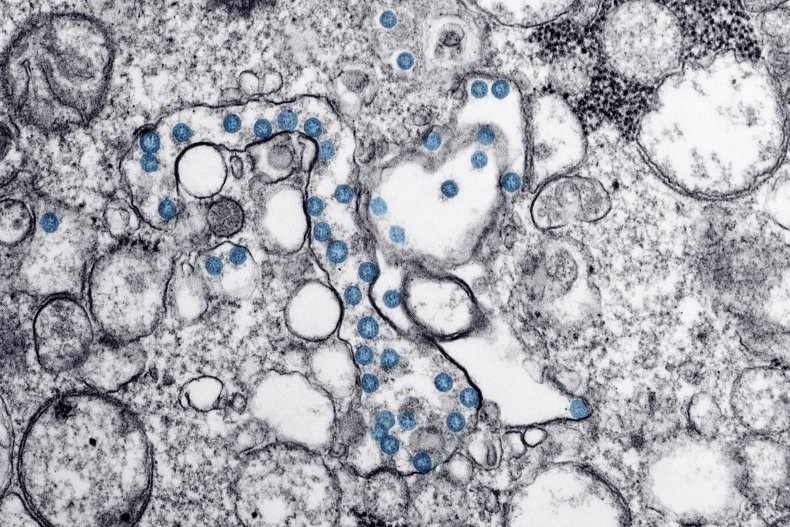
[ad_1]
Experts have shed new light on a variant of COVID-19 discovered at a Kentucky nursing home, which has infected at least 45 residents and healthcare workers. The strain has five mutations seen in other variants, as well as many unique mutations.
Many residents of the Kentucky nursing home were fully vaccinated, but the evolved virus was able to bypass their body protection.
A Kentucky Department of Public Health investigation found that an unvaccinated and infected staff member sparked the outbreak in early March, leading to a wave of infections.
An article published on Forbes written by William A. Haseltine, a former professor at Harvard Medical School, reported that the new variant, named R.1, was first discovered in Japan. It has infected more than 10,000 people worldwide, according to the GISAID SARS-CoV-2 database.
Haseltine warned that the new variant has additional mutations that could give it an advantage in transmission, replication and immune suppression.
The WHO and the Centers for Disease Control and Prevention (CDC) have three categories of COVID variants that make up their watchlists: variants of interest, variants of concern – which include alpha, beta, delta, and gamma – and variants high consequence.
The R.1 variant has a mutation that can lead to “increased resistance to antibodies,” according to Forbes, which could make it more apt to escape antibodies generated by the vaccine and those that have already been infected with the virus.
This mutation in the spike protein, called E484K, is present in the Beta, Gamma, Eta, Iota and Mu variants of COVID-19, according to the article.
R.1 contains the W152L mutation in the N-terminal domain, a region of the spike protein which is the target of neutralizing antibodies in convalescent sera and is the target of several neutralizing monoclonal antibodies. The W152L mutation is present in one of the minor variants of the Delta strain found in India. The same amino acid is also mutant in several variants first detected in California, B.1427 / 429.
R.1 shared a common origin with all variants of interest or concern, in that they are all marked by three mutations: one in the 5 ‘untranslated region: C241U, a second in the viral polymerase NSP12: P323L and the third D614G in the outer S1 domain of the spike protein. The D614G mutation increases infectivity, while it is not known what the other two mutations mean. Coronaviruses with these three mutations quickly replaced the original Wuhan strain.
The COVID-19 pandemic has infected more than 229 million people and killed more than 4.55 million on Tuesday, according to data from Johns Hopkins University.

CDC / Smith Collection / Gado / Getty Images
[ad_2]
Source link